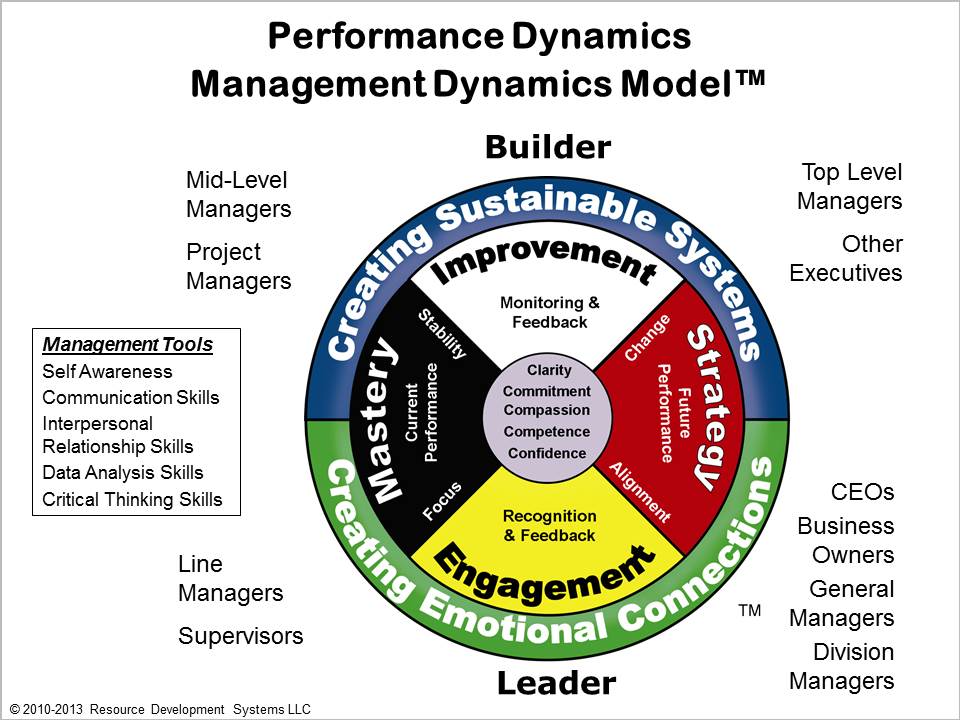It seems that the discussion continues about what the difference is between being a manager and being a leader, which is most important, and if someone can learn to be either. I find that most of these arguments miss the mark terribly; after all, we don’t have a team manager and a team leader. We have a manager who has to also be a leader of a team, as well as deal with all of the various business issues that comes with being a manager.
In my book Leadership Lessons From the Medicine Wheel: The Seven Elements of High Performance, I share that arguing these distinctions are worthless. Every manager must learn to be a Leader if they are going to be successful, and Leadership is all about Creating the Emotional Connections that helps engage employees, which then leads to having engaged customers. This isn’t something that can be shoved off onto others; every, and I mean every manager must learn to be a Leader.
But being a Leader is only one role that every manager has. There is also that of being a Builder; one who Creates Sustainable Systems. This role is involved with insuring that the organization has those systems that will allow it to operate efficiently and effectively, and will insure that it can continue operating well into the future. This role of Manager also helps insure that these sustainable systems also positively support the Creation of Emotional Connections. Together, these two roles of the Manager are key to leveraging the Seven Elements of High Performance™ for the organization.
As we have continued to review the research on organizational performance (now up to over 1000 research based documents), we have created the Management Dynamics Model™. We share it here for the first time.
In the center of the model are the Personal Attributes that every good manager should possess. These attributes allow the manager to easily move their focus about the model, accessing their different roles through an integrated approach.
The two Management Roles are: Builder – Creating Sustainable Systems; and Leader – Creating Emotional Connections. The Role of Builder places a major emphasis on Improvement, while the Role of Leader places a major emphasis on Engagement. In addition to the two Roles there are also two Attentions for Performance: Performance Now, and Performance for the Future.
Again, both Roles and both Attentions are critical to organizational success. However, as I discussed in Leadership Lessons From the Medicine Wheel: The Seven Elements of High Performance™, achieving Balance is not about equality, but about putting the right amount of emphasis on the right areas based on the needs of the situation. So depending on where in the organization the manager might be, there might be a greater emphasis on one of the Roles or Attentions over the other. However, neither of the Roles or Attentions should ever be ignored, and we must always keep in mind the Central Element of Putting People at the Center.
Finally, we have the Five Management Tools that every successful manager must master:
Self Awareness
Communication Skills
Interpersonal Relationship Skills
Data Analysis Skills
Critical Thinking Skills
Keep an eye out for a more detailed whitepaper surrounding this new management competency model. We will also provide even more detail in our future book Rising Above Mediocrity: The Path to Performance.
